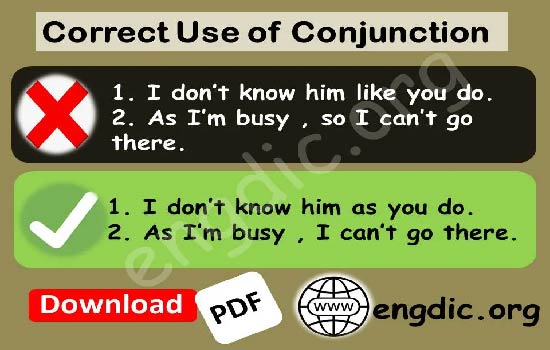Although its primary role may be temporal in nature, using creatively allows us to add depth and nuance to our sentences. So next time you find yourself wondering if you can use “when” as a connector between ideas—go ahead! Embrace the versatility of language and experiment with this mighty little word.
Using when as a time-related conjunction adds clarity and structure to our sentences. It allows us to express relationships between different actions or events happening at specific times. So next time you’re writing or speaking about an event occurring in relation to another event in time, remember that when could be your best friend.

It’s important to note that using when
As a conjunction doesn’t imply causation or temporal connection every time; its meaning depends on how it is used within each specific sentence structure! As we have seen through various examples, when can effectively connect clauses that depict cause and effect or indicate simultaneous actions.
Additionally, alternative ways to use in a sentence include employing it as an adverbial phrase or using other coordinating conjunctions like or whenever These alternatives provide flexibility in expressing temporal relationships between events.
So next time you come across the word remember its versatility beyond being just an interrogative word. Embrace its potential as a conjunction and explore how it can enhance your writing by creating seamless connections between ideas and events.
Overall (Sorry I couldn’t resist!), understanding the different functions of words like “when” expands our linguistic toolbox and allows us to communicate more effectively. So go ahead – experiment with using “when” as a conjunction and see how it adds depth and clarity to your sentences.
When as a Time-Related Conjunction
n this context, when acts as a connector between two clauses or phrases that involve time. It helps us understand the timing or sequence of events in a sentence. For example, consider the sentence: “I will go for a walk when it stops raining.” Here, when links the clause “it stops raining” to the main clause I will go for a walk.
Using when as a time-related conjunction when does fall start adds clarity and structure to our sentences. It allows us to express relationships between different actions or events happening at specific times. So next time you’re writing or speaking about an event occurring in relation to another event in time, remember that when could be your best friend.
It’s important to note that using when as a conjunction doesn’t imply causation or temporal connection every time; its meaning depends on how it is used within each specific sentence structure.
Alternative Ways to Use When in a Sentence
Additionally, alternative ways to use when in a sentence include employing it as an adverbial phrase or using other coordinating conjunctions like These alternatives provide flexibility in expressing temporal relationships between events.
So next time you come across the word remember its versatility beyond being just an interrogative word. Embrace its potential as a conjunction and explore how it can enhance your writing by creating seamless connections between ideas and events more

Leave a Reply